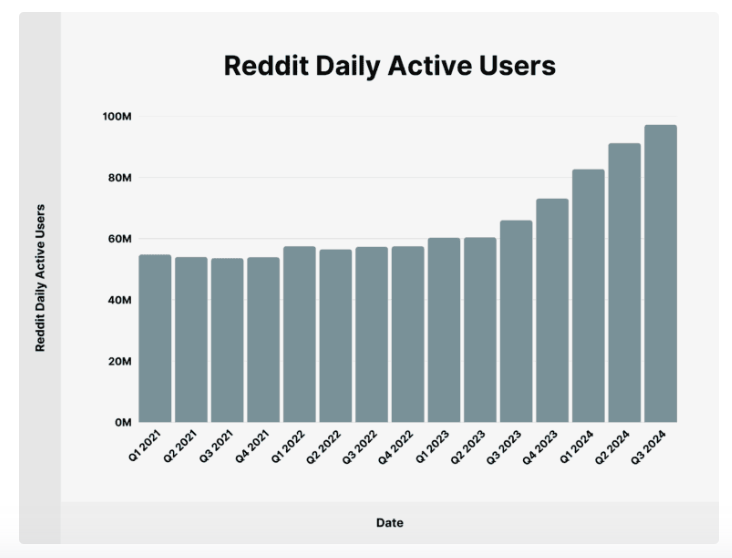
With economists warning of a potential recession in 2025, businesses are once again bracing for tighter budgets and shifting priorities. For marketing teams, that often means facing pressure to cut spend just when maintaining visibility and customer engagement is most crucial. While reducing marketing investment may seem like an easy cost-saving measure, history shows it can be a costly mistake—especially during times of economic uncertainty.
Continuing to Market During a Slowdown Will Drive Greater Long-Term Revenue
First, a bit of personal history. I began my career as a marketing consultant at the tail end of the dot-com bubble. When it burst, one of the client projects I did was to evaluate the impact of marketing spend during a recession and I found something surprising:
Cutting marketing activities and spend during difficult times helps in the short term, but significantly damages a brand’s market share in the long term
We know this thanks to some strong historical research using a dataset called the Profit Impact for Marketing Strategy that has tracked companies’ spend in different areas and subsequent market performance since the 1970s. And what the PIMS data says is that, while companies that cut promotional spend usually see stronger returns during a recession, those returns come at the expense of long-term market share.


How Do You Market in Uncertain Times?
Of course it’s one thing to say “keep marketing” and it’s quite another to figure out how to do so in the face of reduced budgets, declining revenue, and general uncertainty. In these situations, digging in to a few core metrics can help you understand exactly where to focus resources and where to cut back on activity:
- Impression Volume: Fundamentally, you want to keep your impression share as high as you reasonably can in order to capitalize on the fact that others are likely scaling back their activities. These impressions can come from anywhere: paid traffic, email, SEO, organic/viral social, sales touches, etc. The important thing is to make sure you’re not letting your volume of communications to the market slow.
- Cost per Lead: Of course, not all impressions are created equal. No doubt you have a few low performing marketing channels that are taking time and budget from other areas. Now is the time to review your costs per lead across your various channels and cut out your low performers. Target cost per lead benchmarks for a number of industries from GoConvert appear below (as with any benchmark, your mileage will no doubt vary).
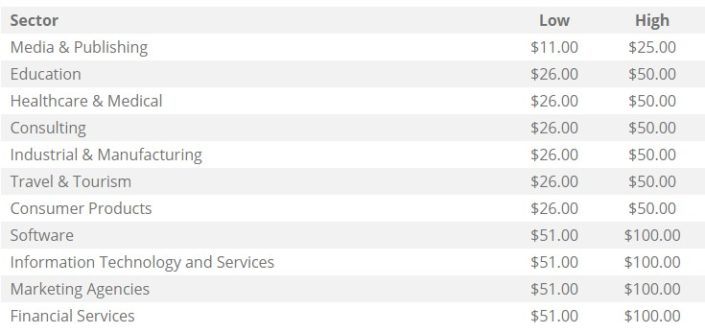
- Cost per sale: Arguably the most relevant metric to business results is your cost per sale. Here, you’re looking for the cheapest source of leads that convert to sales. What can you do to drive more volume in those channels, and where can you pause more expensive activities?
- Time to close: Finally, keep an eye on your conversion timeframe from lead to sale. It is very common for decision cycles to lengthen during uncertain times, and you want to be hyper-aware of any changes that will impact your revenue forecasting.
The Most Cost-Effective Marketing Channels During a Recession
With the above in mind, let’s take a look at some of the most effective marketing channels to use — taking lessons from the COVID pandemic:
1. Email: There’s a reason why you’re seeing emails from companies you’d thought forgot about you. Data showed that email engagement rose during the coronavirus pandemic and the trend has not stopped.
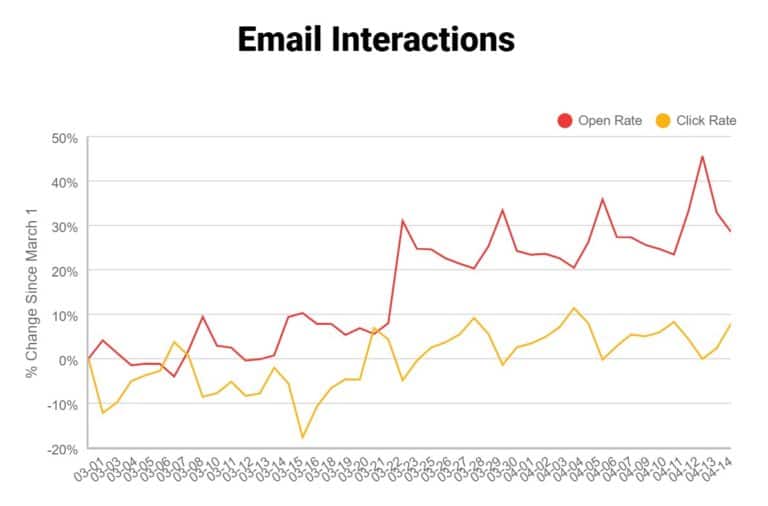
With more people in front of their devices for longer periods of time, coupled with the fact that increasing email volume has little incremental cost, this channel makes an ideal platform to stay in front of your customers when resources grow thin.
But it’s not just the low cost of email that makes it an ideal tool. It’s the fact that email is the best lead conversion and customer upselling tool you have.
Acquiring a new customer costs five times more than growing revenue from an existing customer
Forrester research noted that growing business from your existing database is five times more cost effective than finding new customers. And there’s no time like a global pandemic to start boosting your marketing ROI via email.
Email might prove more important, as social media enagement tends to be waning.
2. Think Community Over Social Media: Social media analytics company RivalIQ found that, while social engagement increased across its user base during the pandemic…
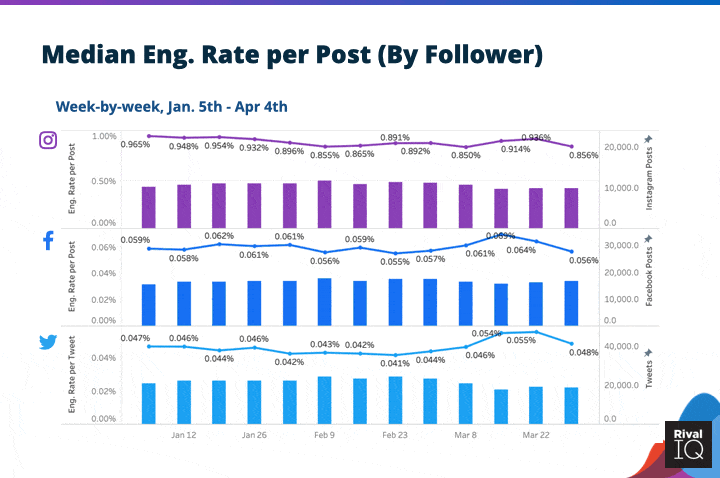
…engagement rates have been declining ever since:
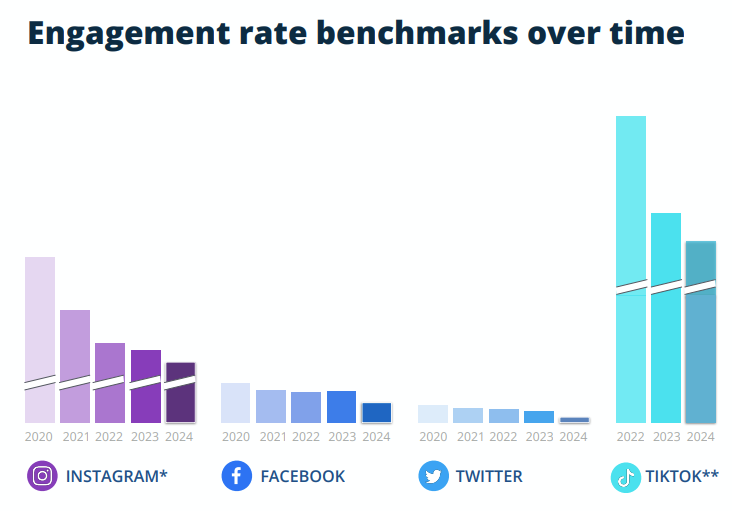
And all of this is occuring in the face of decreased post rates as well:
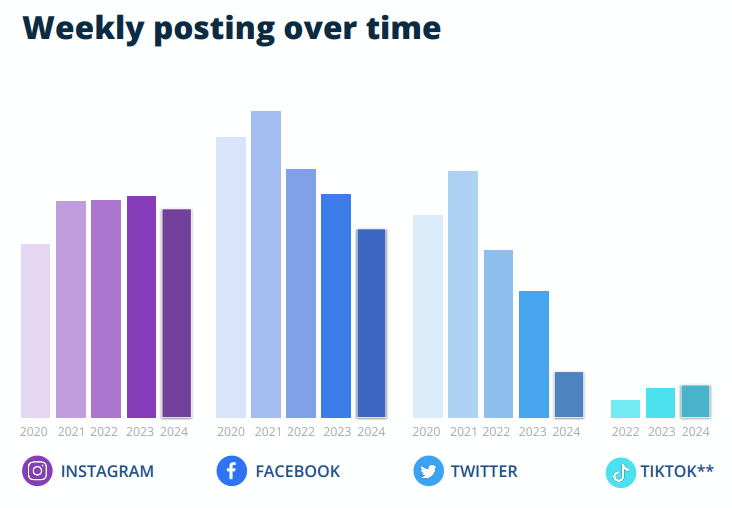
In the face of evidence that fewer people are engaging with social media, there is good evidence that they are clustering around specific interest communities. For example, Discord reached 200 million monthly active users in 2023, while Reddit’s daily active user figures show impressive growth in the last year:
While you can certainly gain reach and impressions with paid social campaigns to counteract declining engagement, if budgets are tight spending more time on more targeted community engagement can be a cost-effective alternative.
3. Understand How AI Changes Search: organic content campaigns used to be the gift that kept on giving affordable traffic. And in the short term, they will likely still perform. However, AI-based search has the potential to cut organic results by up to 70%. This means that one of our most affordable tools will likely be quickly dropping in effectiveness as well.
In our 2025 trends post, we focused on approaches to broaden your content approach in the face of AI search. It’s also critical to produce in-depth, unique content that has value to your audience. In a market that will soon be heavily dominated by AI-created content fed to AI-curated results, the more you can provide tools, guides and decision support materials at a high level of quality, the better change you’ll have of standing out.
How do we define quality? Add research and data to support your points. Link regularly, and make sure others engage with your content as best you can.
What Should Marketers Say About Economic Uncertainty?
During COVID, market research showed that brands did not see advertising damage their reputations. Our takeaway from that experience is that it’s perfectly acceptable to carry on your typical ad campaigns, and you don’t have to be afraid to mention the current economic environment either.
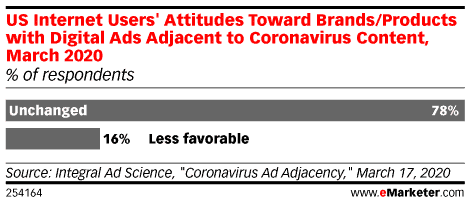
At the same time, your target audience’s needs have likely shifted. Understanding that point, and how your value proposition will need to adjust to meet those new needs, is your best friend when developing your ongoing campaigns. Here are a few messaging tips for how to shape your marketing messages during economic uncertainty:
1. Keep Practicality and Direct Action at Your Message’s Core
The majority of consumers and businesses are tightening their belts during this uncertain period, so your messaging should stay focused on the very immediate, practical benefits your call to action will deliver. If your product or service is discretionary, what are some ways in which it can help your customers deal with the current situation? How can you help their peace of mind?
If you’re offering a more “essential” product or service, how will your customers access it? What does the process look like? Focus on the details of your offer, as opposed to awareness-based campaigns.
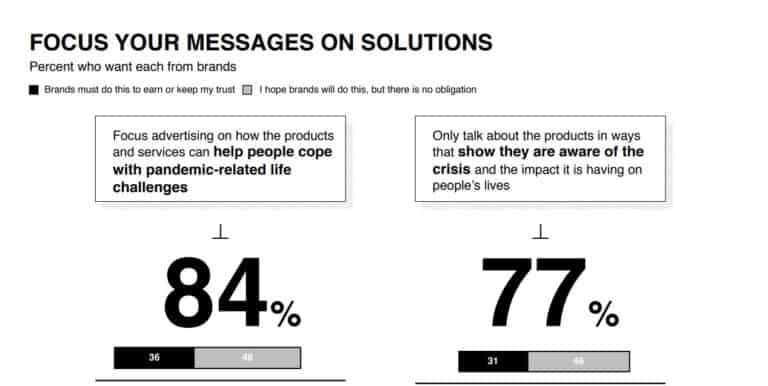
2. Use Deals and Discounts Sparingly
Offering deep discounts is a double-edged sword: you might need them to encourage purchase from an otherwise reluctant audience, but that same audience will remember that low price down the road and come to expect it. You might recall the automotive industry getting bogged down by its 0% down financing offers and fast food chains struggling to leave their dollar menus behind. You can counteract this issue with limited-time offers, but you’ll need to be judicious about deploying your doorbusters. You may create long-term price concerns that are difficult to overcome.
In these situations, it might be more appropriate to offer additional incentives with purchase such as free support, other giveaways, product tie-ins, and more rather than an initial heavy discount.
3. References to the Lay-Offs or Economic Hardship Should Come With Action That Can Help
Consumers want to see action. And those brands that are taking action: raising money, making donations, shifting production, offering lower costs, are the ones best-positioned to earn future business. We saw brand sentiment rise based on companies’ response to COVID, and will likely see that same scenario play out during this recession:
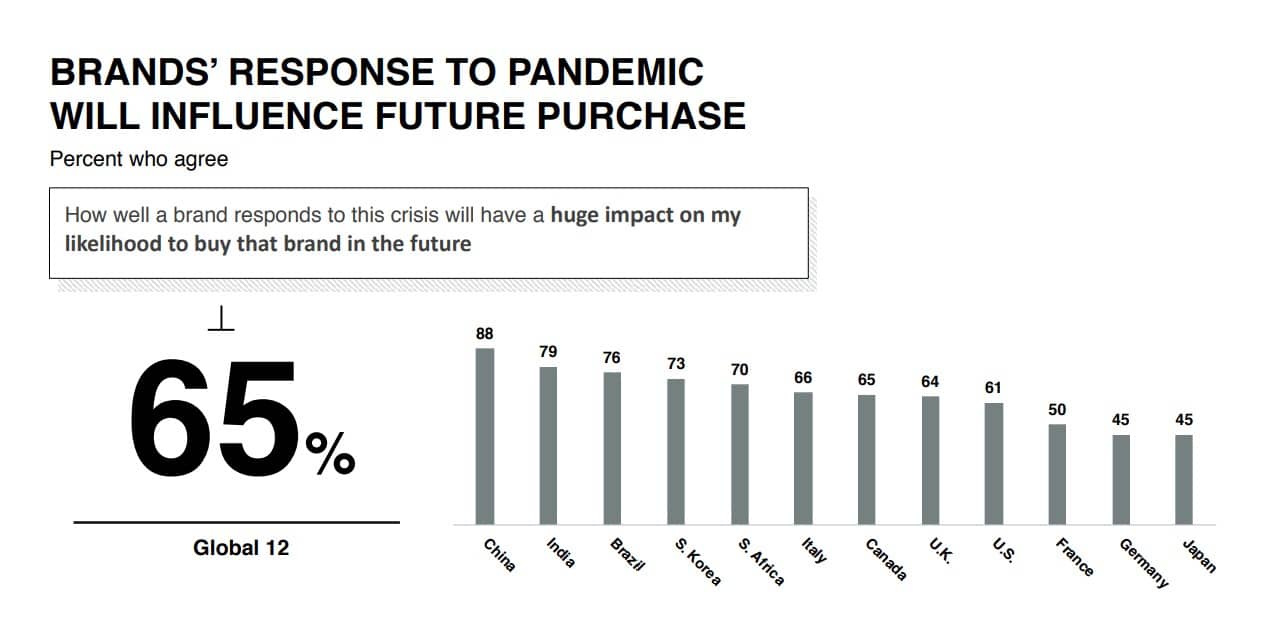
Conclusion
Marketing During Economic Uncertainty Will Take Caution and Patience, but it Will Pay Off
Keep marketing—even when budgets tighten—because visibility during downturns pays dividends in the recovery. The lesson remains clear: Don’t pull back. Get smarter, get leaner, and stay present.
We hope that this post has been helpful as you navigate 2025 and the impact it will bring on both companies as well as individuals. If you’d like to schedule a conversation about exactly how you can keep marketing during these uncertain time, please contact us.
Share this post on your social profile:
A performance-driven marketing strategist with twenty years of experience growing international brands and organizations, Tim Young spent time at the Corporate Executive Board (now Gartner) and the Entrepreneurs' Organization before founding Young Marketing Consulting in 2013.
His areas of expertise include brand growth and identity development; lead generation and conversion; search engine optimization (SEO); customer satisfaction evaluation and improvement; customer segmentation and CRM work; ROI analysis and improvement; market research; and product development.
Want to get our blogs directly to your inbox?
Enter your email to sign up for our point of view on marketing trends, brand strategy, and sustainable business.

